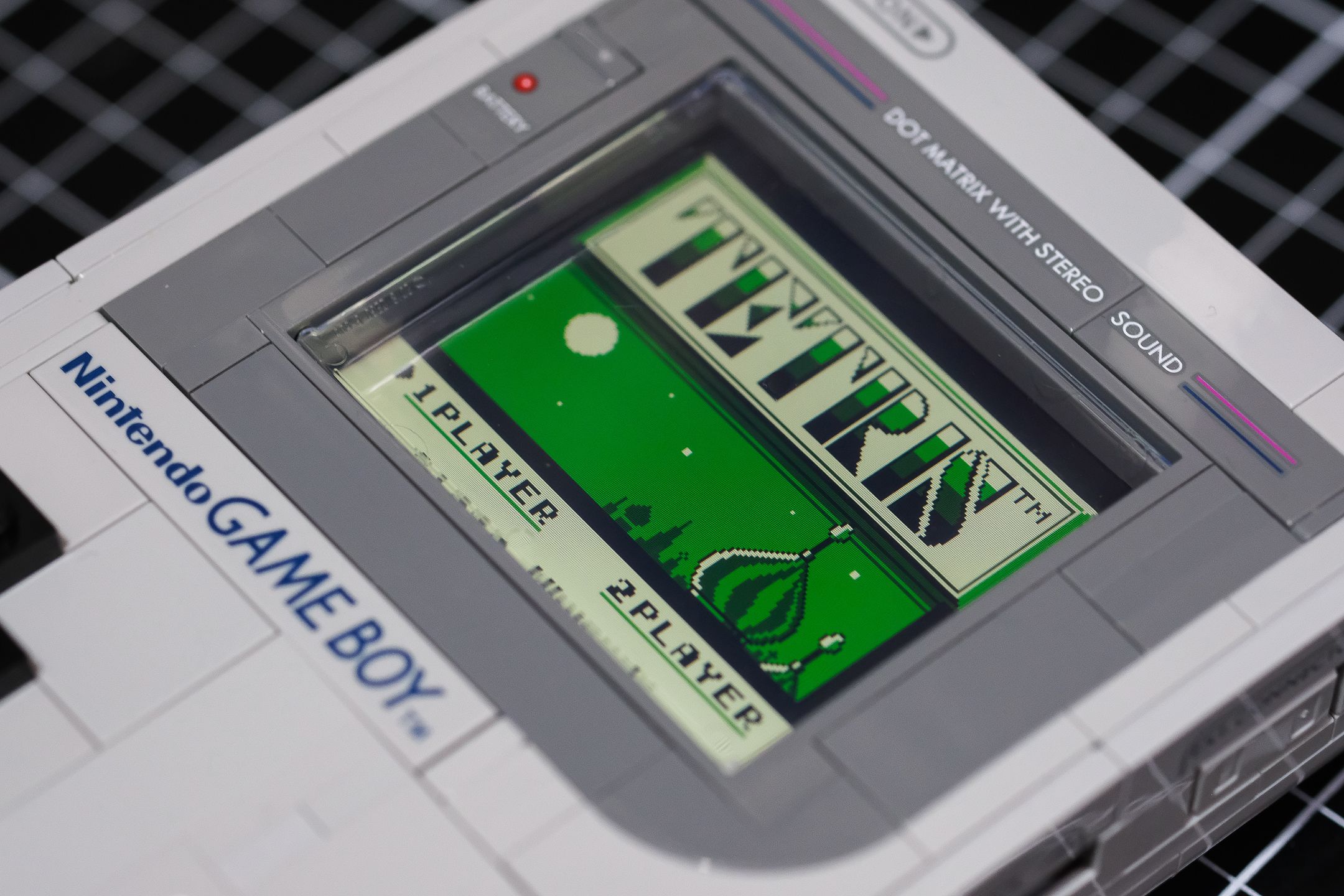While Lego's official Game Boy set launches today as a display piece, Australian circuit board designer Natalie the Nerd has already pulled off something far more impressive - cramming a real, working Game Boy into the brick-built shell. This isn't emulation or Raspberry Pi trickery. It's authentic Nintendo hardware running original cartridges, miniaturized to fit where it was never meant to go.
Just hours after Lego's official Game Boy set hits shelves, the modding community has already shown what's truly possible. Natalie the Nerd, the Australian circuit board wizard behind some of the most stunning Game Boy modifications we've seen, has transformed the decorative brick set into a fully functional handheld that plays real cartridges. This isn't some clever emulation hack - it's the real deal, running on authentic Nintendo silicon that she's somehow squeezed into spaces that were never designed for actual electronics. The engineering feat required creating an entirely new Game Boy motherboard smaller than the cartridge slot itself, a miniaturization challenge that would make even seasoned hardware engineers sweat. To make it work, she had to sacrifice a few Lego bricks to accommodate "the smallest screen kit on the market," but the trade-off delivers something Nintendo and Lego never imagined when they designed their collaborative display piece. The build showcases Natalie's signature attention to detail that made her transparent Game Boy PCB such a sensation earlier this year. Her custom board doesn't just fit - it transforms the Lego shell into a legitimate gaming device with modern conveniences like USB-C charging. The working prototype can slot in original Game Boy cartridges and display games on its tiny integrated screen, proving that with enough skill and determination, even a display model can become the real thing. What makes this project particularly exciting isn't just the technical achievement, but Natalie's approach to sharing knowledge. She's built a business around selling aftermarket Game Boy components and maintains an open wiki of circuit board designs. "I am going to release it once I am happy with it," she posted on X, following her established pattern of turning one-off mods into community resources. The timing couldn't be more perfect. As retro gaming collectors scramble to get their hands on , Natalie's already proving that the best mods come from makers who refuse to accept "display only" as the final word. Her approach represents the pinnacle of hardware hacking - taking something designed purely for nostalgia and making it genuinely functional again. The project isn't complete yet. The buttons, while working, still need proper PCB mounting and she's developing custom 3D-printed Lego pieces to house the control interface. But even in its current state, the mod demonstrates how far the DIY electronics community has come in miniaturizing classic gaming hardware. It's also a testament to the Game Boy's enduring appeal that nearly 35 years after its release, makers are still finding new ways to reimagine handheld icon. For collectors torn between displaying their Lego Game Boy or actually playing with it, Natalie's work suggests you won't have to choose much longer.












